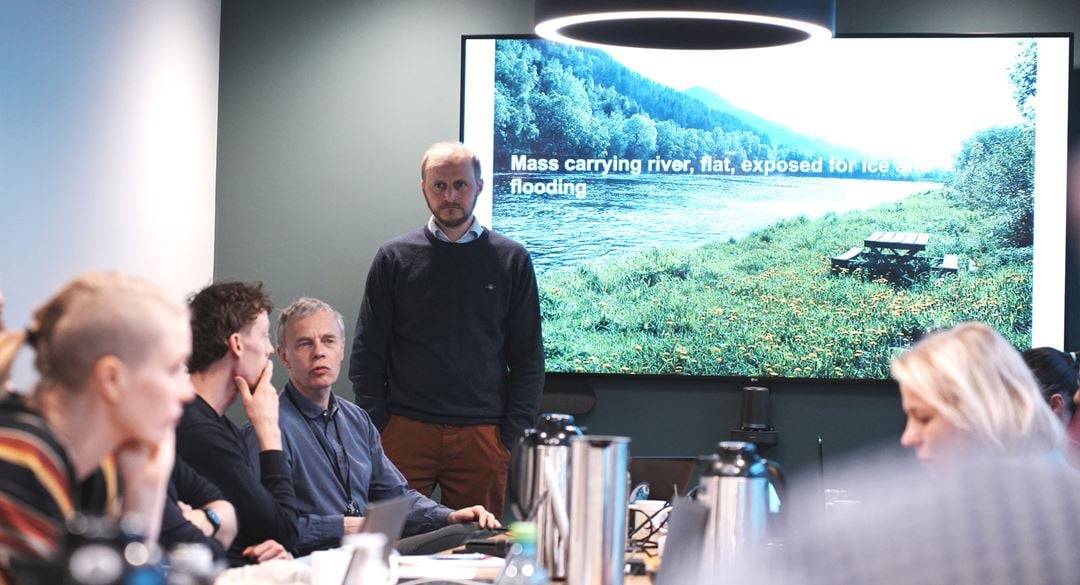SINTEF researcher Ana Adeva-Bustos points to an expected increase in the frequency, duration, and severity of extreme events such as floods, droughts, and high water temperatures.
She is the project manager of ReAdapt, a new competence and collaboration project (KSP) in which research institutions and hydropower producers will collaborate to determine how the hydropower system can adapt to a new climate.
The project aims to enhance hydropower production to meet future needs while preserving river habitats in functioning ecosystems. Environmental design will play a crucial role.
- We need more insight into how hydropower production will face climate change and extreme weather. In the future, we will probably have to manage the water differently, says Simen Sørlie in Statkraft:
- By utilizing the insights gained from the ReAdapt project, we can identify measures to adapt to changing conditions and ensure that hydropower continues to serve both as a source of energy and as a means of flood control. Moreover, we can also address environmental concerns in and around rivers. The project takes a comprehensive approach and considers multiple factors, making it a valuable resource for us.
The project will study three locations nationwide to demonstrate how hydropower can be adapted to climate change impacts.
Salmon in focus
Aquatic life and ecosystems have evolved to adapt to the climate conditions that existed in the past.
- Hydropower has a significant impact on all life in waterways. However, we understand its effects well and how to design measures to improve the conditions for fish and other species in regulated rivers. Although more frequent and severe extreme events can worsen conditions, Adeva-Bustos says watercourse regulation also provides an opportunity to compensate for the negative effects of climate change.
ReAdapt has a special focus on salmon due to its ability to adapt quickly to changes in its physical surroundings. Salmon's reaction to different climate conditions is the most studied species. The project will, therefore, examine salmon more closely through experimental studies at NINA's experimental station at Ims.
At Ims, we are researching how salmon react to different water flows and temperatures. The findings of this research will be used to develop models for predicting salmon growth and development. By combining these models with climate, hydrology, and power generation models, we can estimate the impact of extreme climate events on salmon and identify measures to adapt hydropower while ensuring the sustainability of salmon in the future, says Adeva-Bustos.
Ten extreme scenarios
Extreme weather events can cause abnormal precipitation increases or droughts in certain areas. The water temperature will also rise as the climate warms, negatively impacting the salmon and the surrounding ecosystem. However, hydropower can play a crucial role in mitigating the effects of climate change by releasing an appropriate amount of water at the right temperature into the rivers.
The research aims to study ten scenarios showing how climate change and extreme weather events can evolve. With the help of hydrological models, we will compute inflow, water flow, and water temperature, with input data sourced from downscaled climate models. Additionally, says Adeva-Bustos, power system models will be used to predict future energy production, electricity prices, and the operations of reservoirs and power plants.

ReAdapt, led by SINTEF Energy Research and funded by the Norwegian Research Council, involves hydropower producers Statkraft, Eviny, and Å Energi, as well as research partners NTNU, NINA, the University of Waterloo, and Universidad Politécnica de Madrid. The project also collaborates with Energiforsk in Sweden and Norsk Regnesentral.



